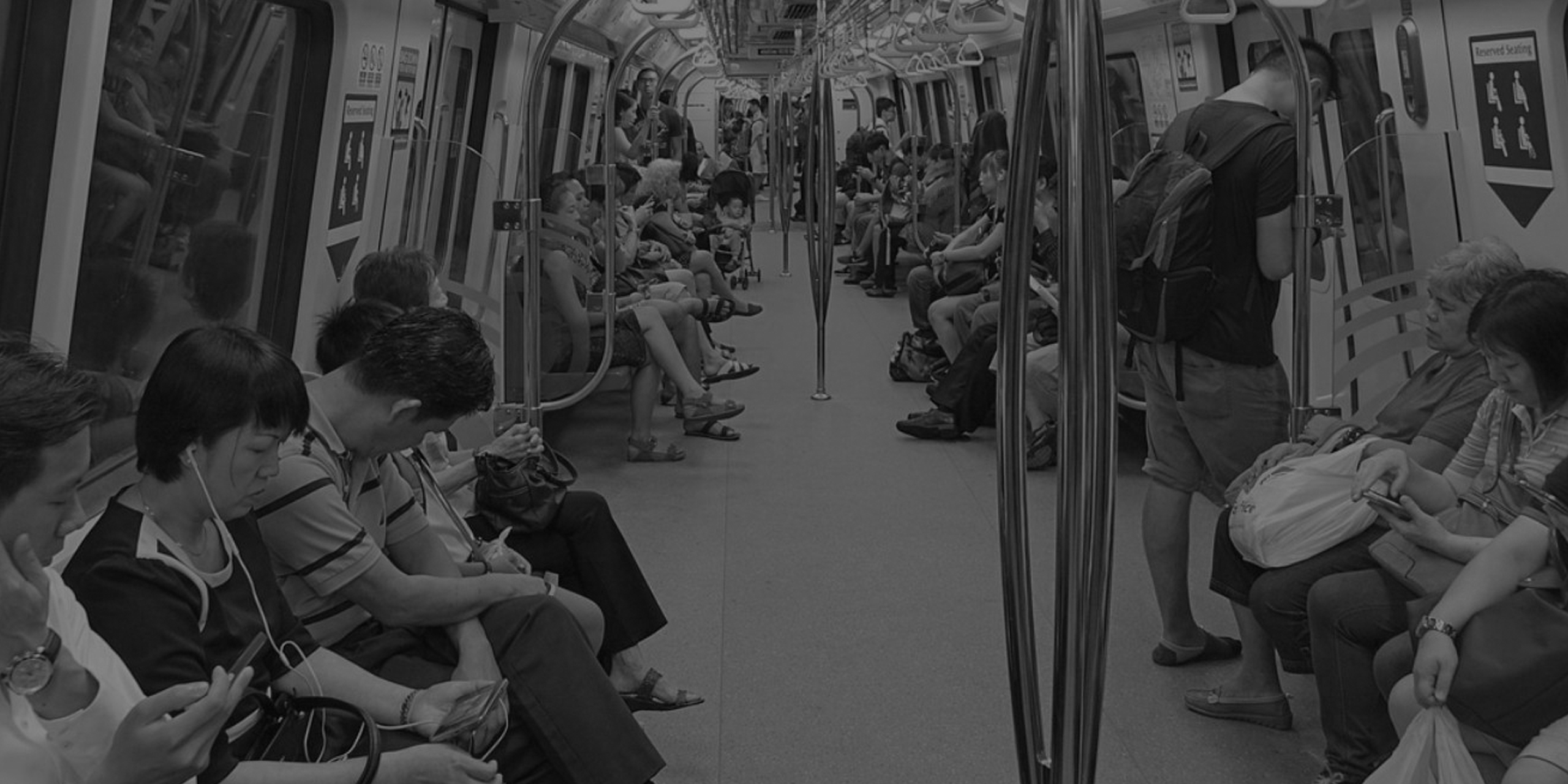It’s quite ironic to experience this minutes after a meeting about leadership with my creative team.
Like any other night after work, I hurriedly walked along the makeshift sidewalk of the old CPF building’s construction area. When I reached the pedestrian, I saw a blind lady with a walking stick. It was clear that she is not familiar with her surrounding.
It’s not the first time that I wanted to help her. There was one morning that another kind soul was quick to offer help and guided her out of the train station. Tonight was my second chance to help–I didn’t think twice.
“Hi, do you need help?”
Instinctively I offered my arm and made sure I stand where her free hand was. She grabbed my arm while we waited for the green man.
We started walking. I was very conscious. It’s my first time to help someone cross the street. It’s different when you are leading a disabled person. All of a sudden I went into a GPS guided mode.
“Do you want to go straight or do you want to turn here?”
We continued to cross another pedestrian lane, and I realised I hadn’t introduced myself.
“Hi, I am Carlo.”
Thoughts started racing through my head.
I thought she was very courageous, strong and trusting. I would be scared to follow a voice in the dark.
She told me that we work in the same building, 77 Robinson Rd. We made our way to another pedestrian lane. This time, I ran out of things to say. I am not much of a talker.
Silence.
I continued to be mindful of her pace and movements. Another profound thought lingered– despite no spoken words, we can still lead if we are willing to listen intently.
The looming sight of the escalator broke our silence. I started to panic.
“Do we take stairs or escalator?”
We go to work every day and take the train. We board and alight, twisted through the crowd, tap our cards, queue to take escalators or run up and down the stairs and swoosh our way out of the winding tunnels.
These tasks are impossible for disabled individuals. Despite the Braille plates, there’s a lot more we can do to make it more inclusive. Did they factor the queues, the rushing crowd, the confusing sounds and noise in the tunnels?
She said, “Escalator.”
Using her walking stick to feel the moving steps, she grabbed my arm and swiftly hopped on and hopped off the escalator.
I was relieved, and at the same time, I feel ashamed because I offered the easier option in my opinion (the stairs). We shouldn’t analyze problems and make assumptions from our point of view.
We chatted a bit more until we reached the gantry. The blind lady quickly told me that she should go first–I followed her lead. One challenge was tapping the card. It’s not easy for her to feel with her hands when she’s holding a card and a walking stick. I guided her hand.
After that, I quickly offered my arm back to continue our journey. We quickly descended to another level and made our way for the queue.
While waiting for the train someone with a backpack suddenly stepped back almost hitting her walking stick. Imagine if you are in her shoes, this can be frustrating.
Have you experienced a ponytail whiplash on your face standing behind a lady who is glancing left and right? People should be more mindful of the space they occupy or even their backpacks.
I concluded “Bag down Benny” campaign was not sufficient.
Finally the train arrived. The doors opened we waited patiently, I guided her, and she instinctively used her stick to feel the gaps.
Inside the train, I was not sure what to do. The blind lady told me to let her hold onto something. I guided her hand into a handle ring. She said it’s better to hold onto something more stable like handrails or the posts.
At this point, one gentleman saw her and gave up his seat. I guided her towards it.
It was difficult to continue our chat because she was seated already. She knew that I need to transfer at the next station so she assured me that she could manage on her own. I didn’t catch her name. But I am sure I will see her again in town.
I said goodbye and went on my way.
—
Humbled and inspired by this experience, I reached home with one burning question? What can I do as a digital designer? Do I build an app to help the disabled? Do I start a campaign awareness in social? What if there is an app that allows me to find a person who needs a guide, like GRAB? Does it need to be Braille-based? Can I rally my friends around this cause? One question led to more.
—
What have I learned from this experience?
First of all my art director, Carmen was right; we don’t need to present a digital solution just because we are in a digital age. I agree. Developing an app sounds great, but sometimes the best available solution is something as simple as kindness.
And finally, if we lead with a kind heart, we can listen better and guide others more effectively.




